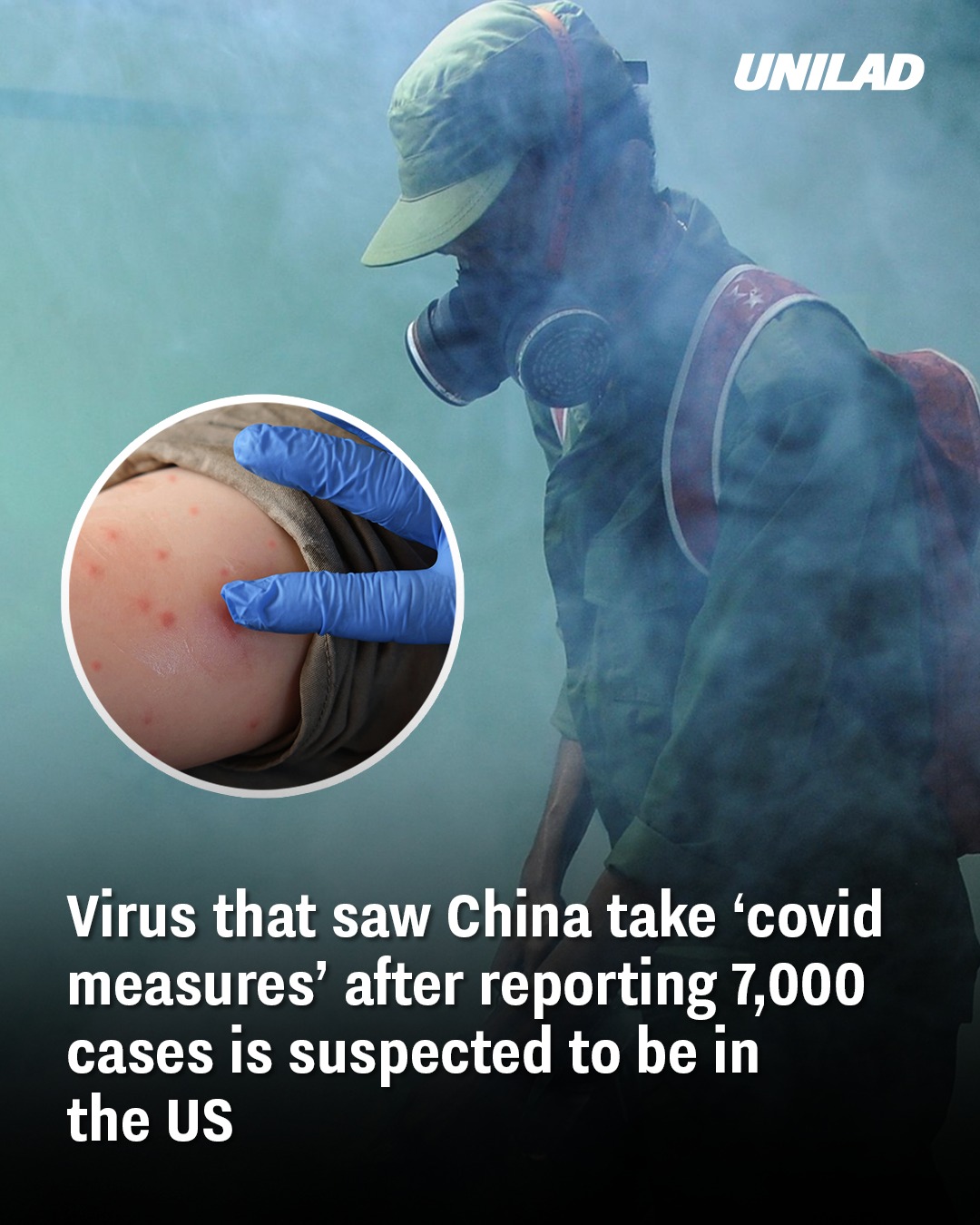Earlier this year, China reported over 7,000 cases of chikungunya, a mosquito-borne virus that spreads rapidly in humid, densely populated areas. Authorities even rolled out covid-like measures, quarantining patients and threatening to cut electricity to those who refused to comply. These drastic steps reflected how disruptive and dangerous the virus can be.
Fast-forward a few months, and the virus is now suspected to have reached the United States. Officials confirmed they are investigating a possible locally acquired case in New York — a first for the state if verified.
The Case That Sparked Concern
In August, a woman living on Long Island tested positive for chikungunya. What startled doctors wasn’t just her diagnosis, but the fact that she had not traveled outside the island. Long Island, known for its beaches, suburban communities, and even the celebrity hotspot Hamptons, is home to more than 8 million residents.
If her case is confirmed as local, it would mark the first-ever instance of the virus being contracted within New York’s borders.
The patient, who asked to remain anonymous, described her symptoms in vivid detail: severe joint pain that traveled from her feet up to her shoulders, making it feel like her body was on fire. She fell ill on August 21, and her experience matches the classic profile of chikungunya — sudden, debilitating pain that can linger for weeks, months, or even years.
How The Virus Spreads
Chikungunya is transmitted through mosquito bites, specifically by Aedes aegypti and Aedes albopictus. These are the same species that carry other illnesses like dengue and Zika. While chikungunya is rarely fatal, its symptoms can be brutal.
Typical signs include:
-
High fever
-
Severe joint pain
-
Fatigue
-
Headaches and muscle aches
-
In rare cases, complications affecting the heart or brain
This makes treatment essential for anyone infected. Though no specific antiviral drug exists for chikungunya, supportive care — such as hydration, pain relief, and physical therapy — can help patients manage symptoms and recover more quickly.
👉 Full Story: Science Confirms Kelly Brook’s Perfect Body – But The Real Message Is Bigger Than Beauty
Numbers That Tell The Story
Globally, chikungunya continues to spread. Since January, more than 317,000 cases and 135 deaths have been recorded across 16 countries. Once considered a tropical disease, it has now appeared in parts of Europe, the US, and other regions previously untouched.
Historically, the US has only seen small, travel-linked outbreaks. The last local transmissions occurred in Florida and Texas in 2019. That’s why this possible New York case is making headlines — it suggests that the virus may be adapting to new environments.
What Authorities Are Doing
The New York Department of Health emphasized that the public risk remains low. Officials are working with local authorities to:
-
Confirm test results
-
Monitor mosquito populations in affected neighborhoods
-
Educate the public on prevention measures
So far, no evidence of the virus has been found in Long Island mosquitoes, but testing is ongoing.
The CDC continues to recommend basic precautions like applying mosquito repellent, wearing long sleeves outdoors, and ensuring that standing water (a breeding ground for mosquitoes) is cleared from yards and neighborhoods.
Treatment, Insurance, And Protection
Beyond the science, the situation offers an important reminder: medical emergencies are unpredictable. A sudden diagnosis can leave families facing weeks of missed work, unexpected bills, and long recovery periods. That’s where planning ahead — whether through health insurance, emergency savings, or reliable access to care — becomes critical.
For many, having credit available is another safety net when immediate medical expenses strike. In severe cases, navigating work, benefits, or even compensation may involve legal guidance from a lawyer.
These overlapping layers of protection all mirror the role of treatment itself: support systems designed to carry you through difficult times until recovery is possible.
Everyday Lessons From A Rare Case
The Long Island case may ultimately prove to be isolated, but it still highlights how quickly health concerns can surface. Much like the possum that had to be rescued from a backyard drainpipe in another recent story, this virus shows that risks can appear anywhere — even in places we thought were safe.
For individuals and families, the lesson is straightforward: prevention is always the first line of defense, but preparation ensures you’re never caught completely off guard.
Closing Thoughts
At present, experts stress that New Yorkers are not in immediate danger. Still, the suspected case of chikungunya serves as a wake-up call. Mosquito-borne illnesses are no longer distant threats from tropical countries; they are global challenges that require vigilance, prevention, and proactive treatment strategies.
Whether it’s using repellent, securing proper insurance, or making sure you have the right resources in place for emergencies, planning ahead remains the best protection.
👉 Full Story: Tammy Hembrow’s Bikini Photos Are Stirring Controversy – Here’s Why Everyone’s Talking



